How to sound like Depeche Mode using soft synths in your DAW
To celebrate the new Depeche Mode album, Memento Mori, we take a look back at some of the band’s classic sounds and sequences: from See You to, yes, The Last Of Us!

With Depeche Mode’s 15th studio album, Memento Mori, out now, we’ve decided to look back at the band’s synth history and have a go at recreating some Mode-like beats, riffs and sequences.
We’ll not only wrestle some sounds from our trusty Zebra CM free synth, which you can download free with this month's issue of Computer Music Magazine, but also use an emulation of Depeche Mode’s most widely used synth.
When the band first got together back in 1980, they used cheap analogue synths of the time, including a Kawai 100F, Yamaha CS5 and Moog Prodigy. However, the one synth that has been used more than any other, and across most Depeche albums, is the ARP 2600. This was Mute Records owner Daniel Miller’s (and once owned by Elton John, synth fact fans). It was not only used for synth sounds and sequences from debut album Speak & Spell onwards, but also for creating drum sounds, specifically the kick.
In this tutorial we’ll also look at how you can use an ARP emulation like the ARP 2600 V from Arturia to create some classic Mode sounds and sequences, including that kick drum sound. It’s important to note that technology was limited in the ’80s, so forget most of the functionality in your DAW as we’re also going to emulate the sequencing back then – an ARP 1601 capable of delivering just 16 steps. So let’s go back in time and engage ‘classic Mode’.
Making Depeche Mode basslines in Zebra CM

We’ll start our bass sequences using our very own Zebra CM synth, which is easily capable of delivering bass sounds from the early ’80s; if anything you’ll need to dial back on its sound to make it simpler. First load in a patch called Pluck Lead, a nicely rounded sound, ideal for a bass sequence when played low.
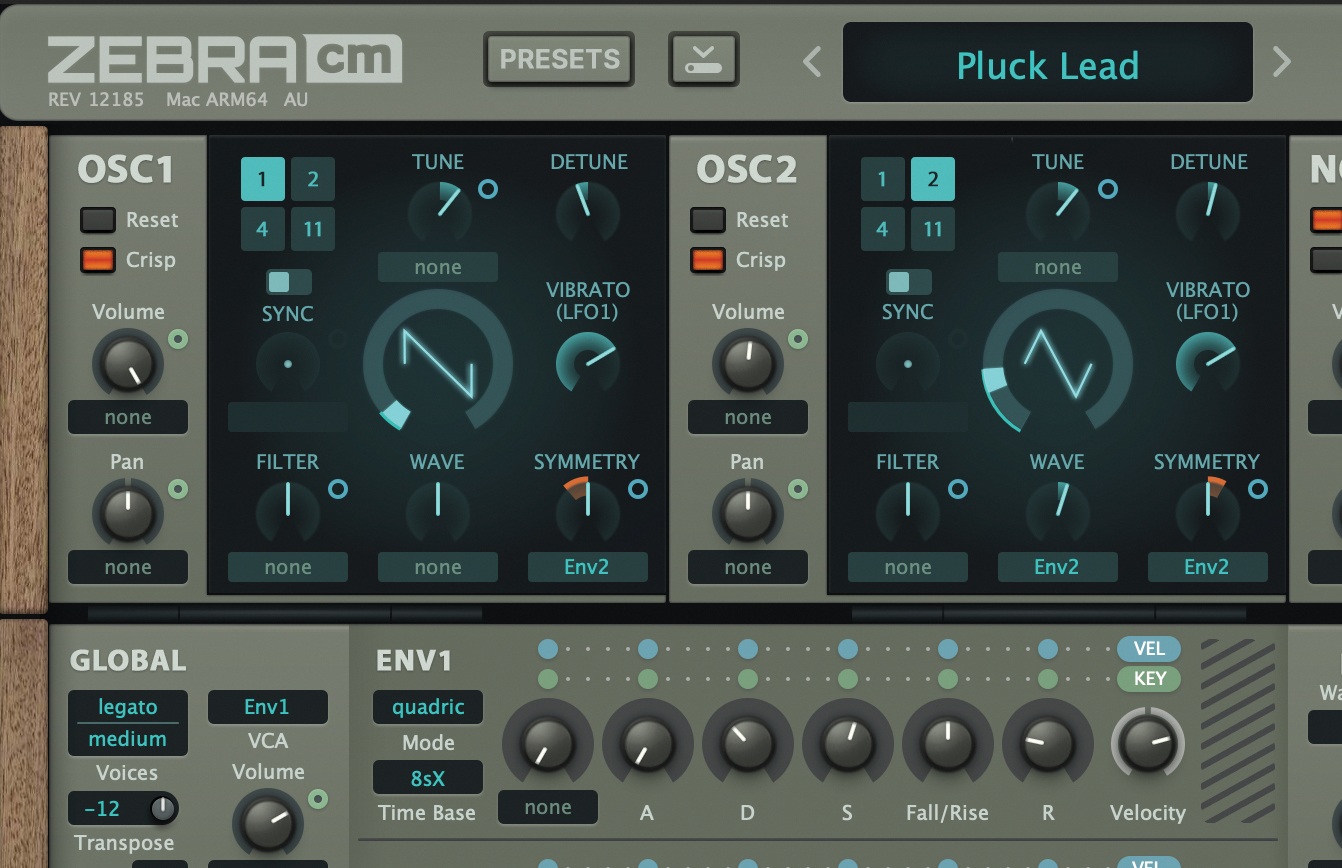
We’re going for a bass sequence vibe from second Mode album, A Broken Frame, when those simple analogue synths were still being used, so we’ll dial back on the complex waveforms. Pull Oscillator 1 (drag and click down) back to Waveform 1 and Oscillator 2 to Waveform 1 or 3.00. The sound is now even rounder and more mellow.
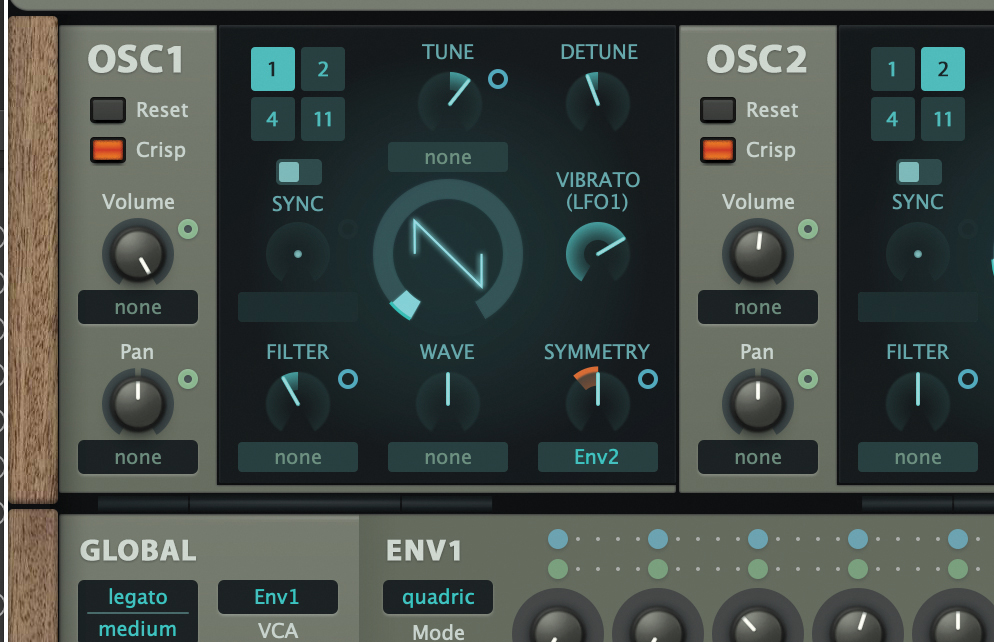
To more subtly mimic the early ’80s analogue vibe, tweak the filters of both oscillators – Osc1 in particular. Here we’ve edged the filter on this oscillator down marginally to a value of -22.00 and the sound is becoming even more Mode-like.
Want all the hottest music and gear news, reviews, deals, features and more, direct to your inbox? Sign up here.
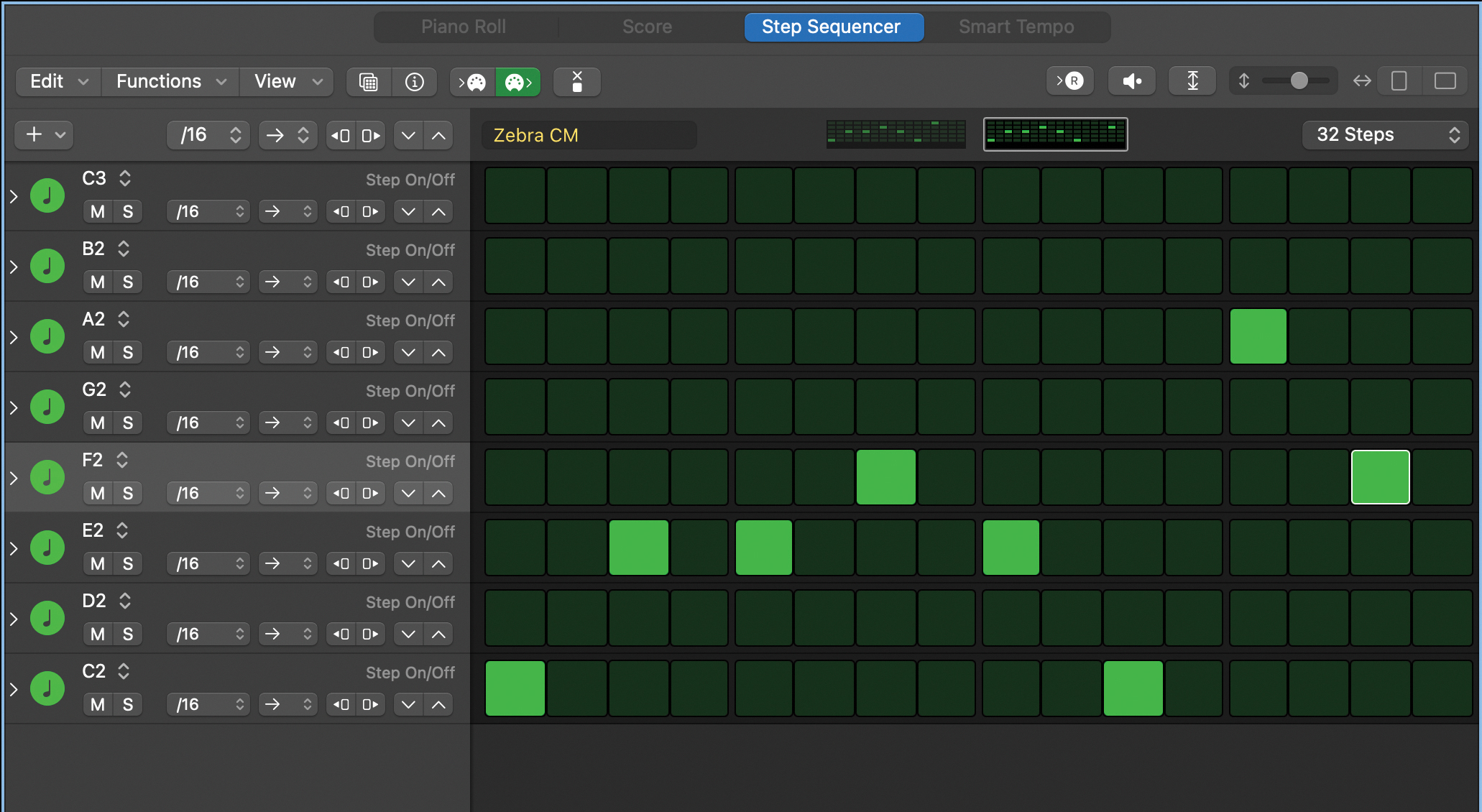
Now to emulate that 16-step ARP 1601 sequencer. You’ll likely have different ways to do this in your DAW. If you have a step sequencer, then load it up, set your tempo to 130 and draw in a sequence of notes – use just 16 cycling around. Here we are using two blocks of eight in the Logic Step Sequencer.

If you don’t have a step sequencer to hand, it’s easy just to draw in the notes using a piano editor. Here we’ve drawn in a similar set of notes to the opening riff on early Mode track See You.
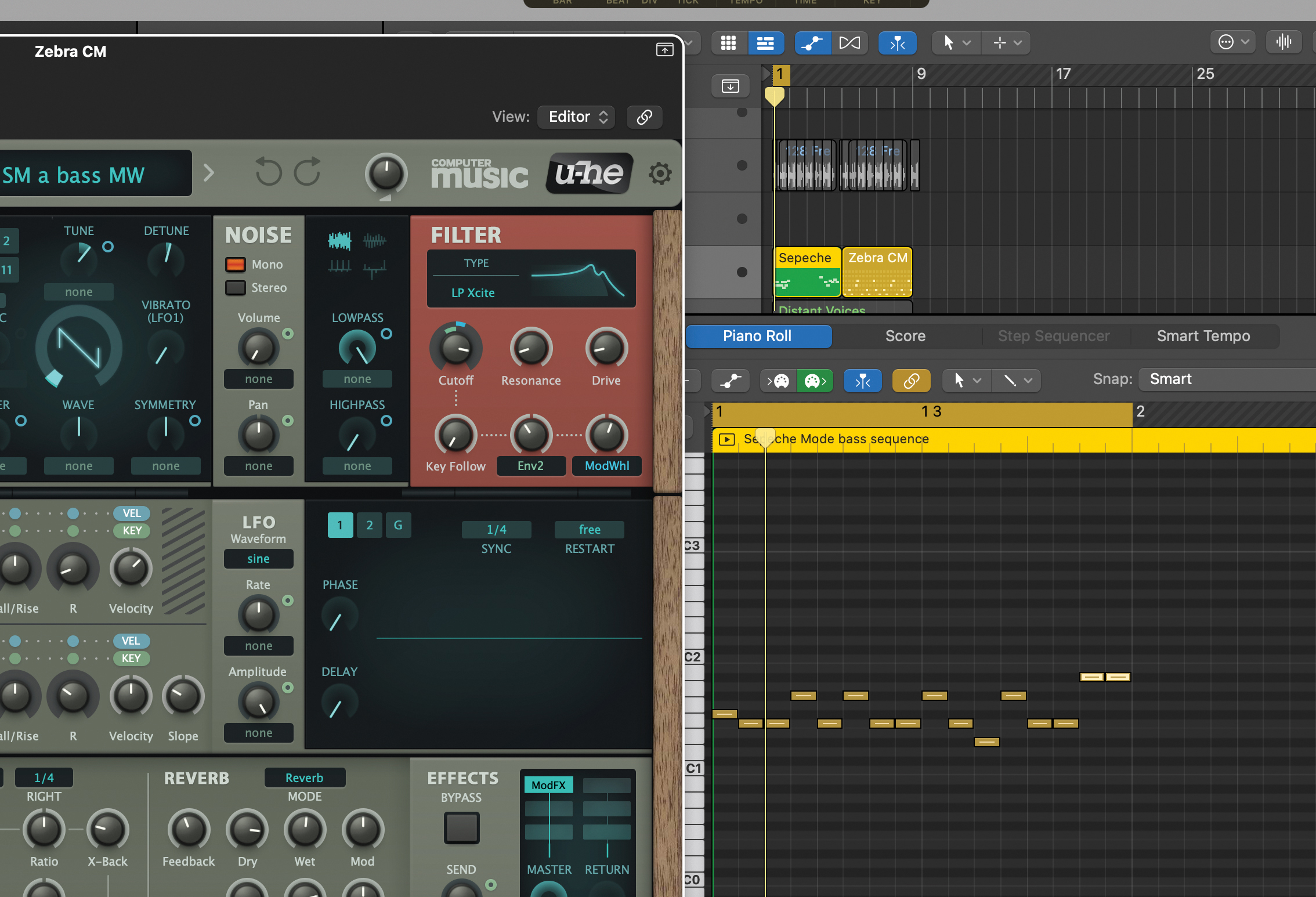
We’ve doubled the number of steps to 16/bar and pulled the tempo back to 100. This time we’re triggering the preset ‘SM a bass MW’ and tweaking the filter for Osc2 to get the bassline from the Aggro Mix of never Never Let Me Down Again (the original of which features in The Last Of Us).
Depeche Mode and the ARP 2600
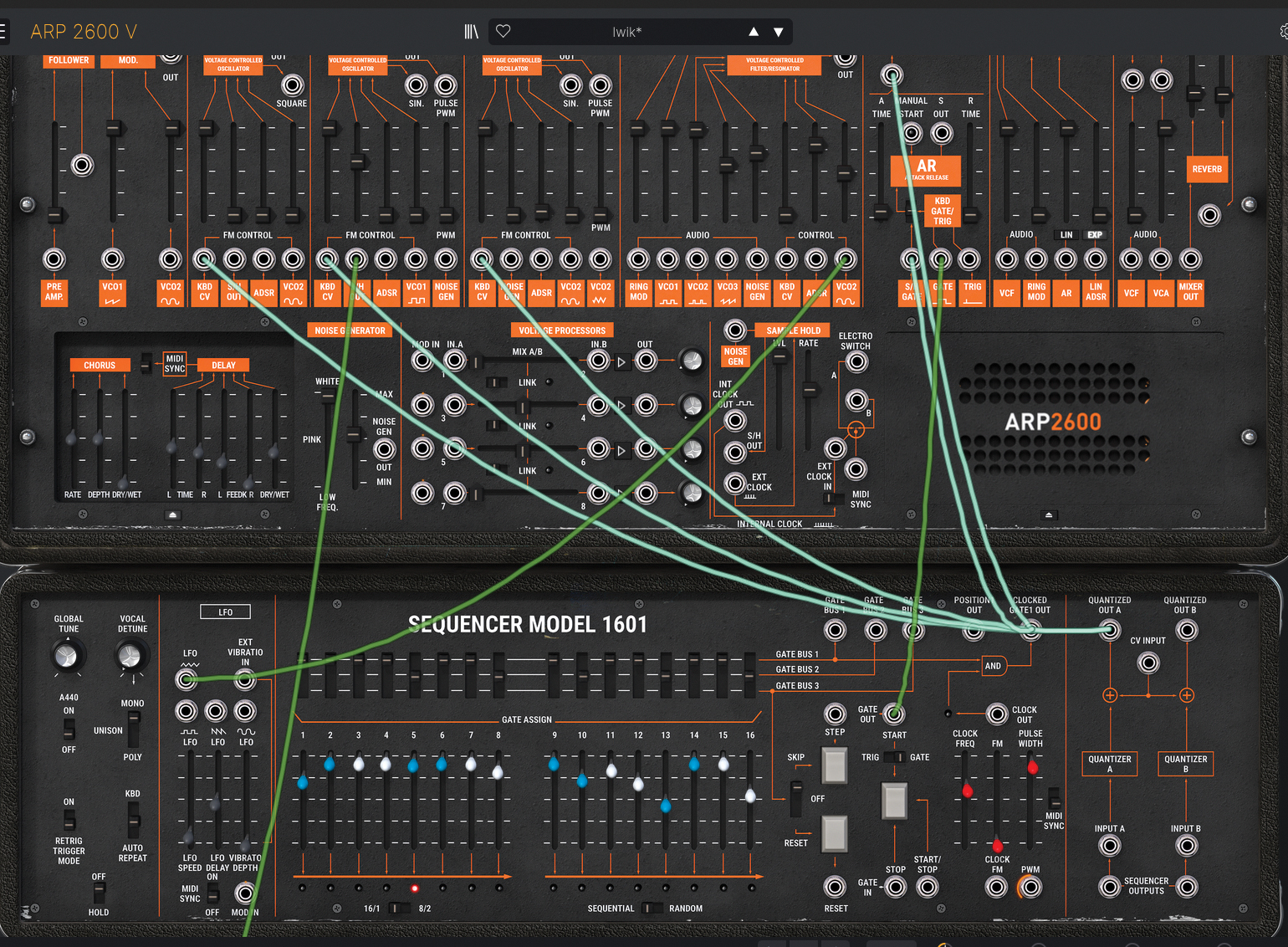
If you’re lucky enough to own an emulation of the ARP 2600 in software, your Depeche dreams can come true even quicker. There are some great ones out there from Arturia and Cherry Audio. We’ve opted for the former with the ARP 2600 V, a great emulation, not least because it comes with a 1601 built-in and loads of sequencer presets.
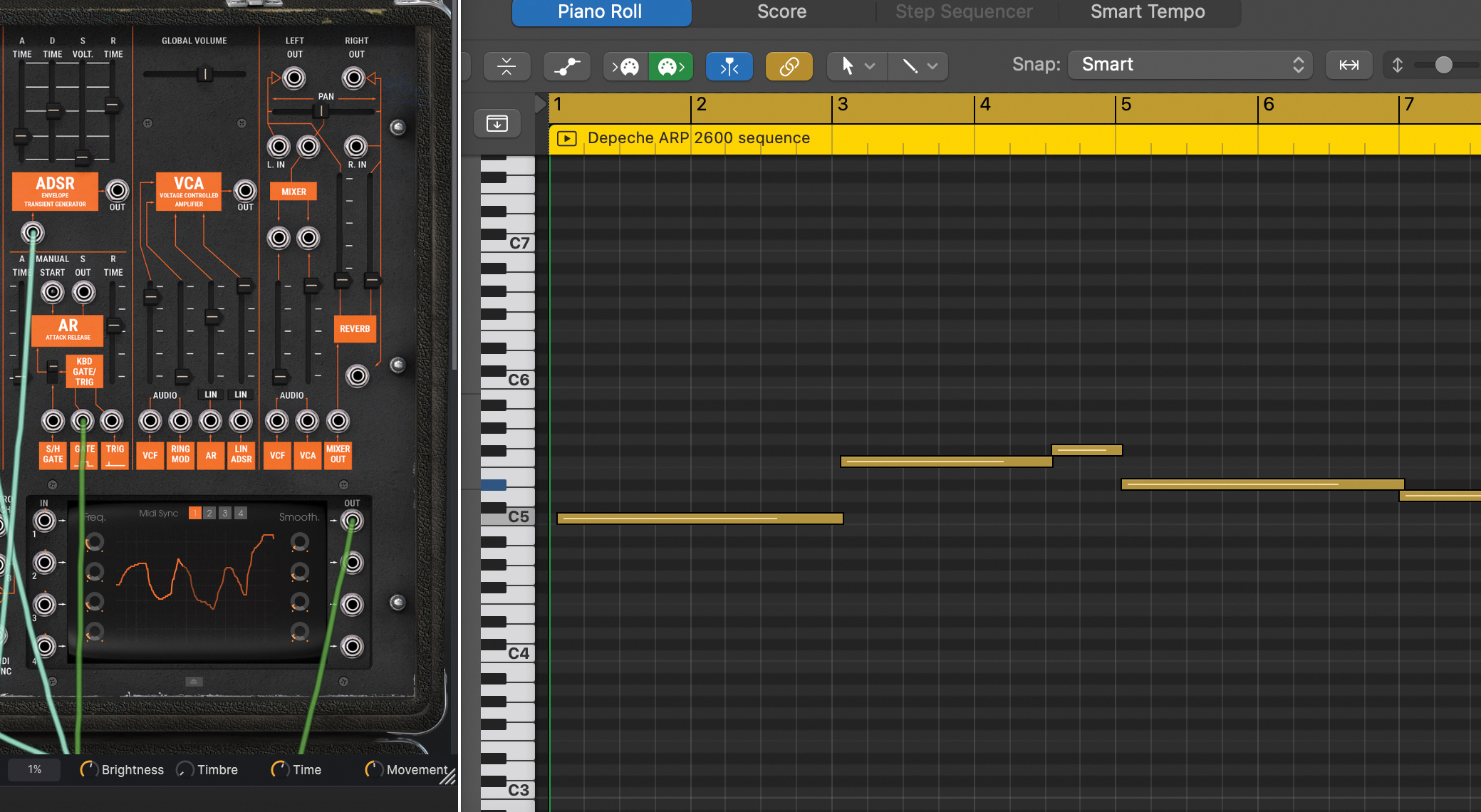
We’ll use one of these now. Go for a major to minor key change (for the sad/dark Depeche-like progressions) and simply draw in a note sequence, triggering a sequencer preset like ‘lwik’, which not only gives you notes but a percussive element, more evident on later Depeche tracks.
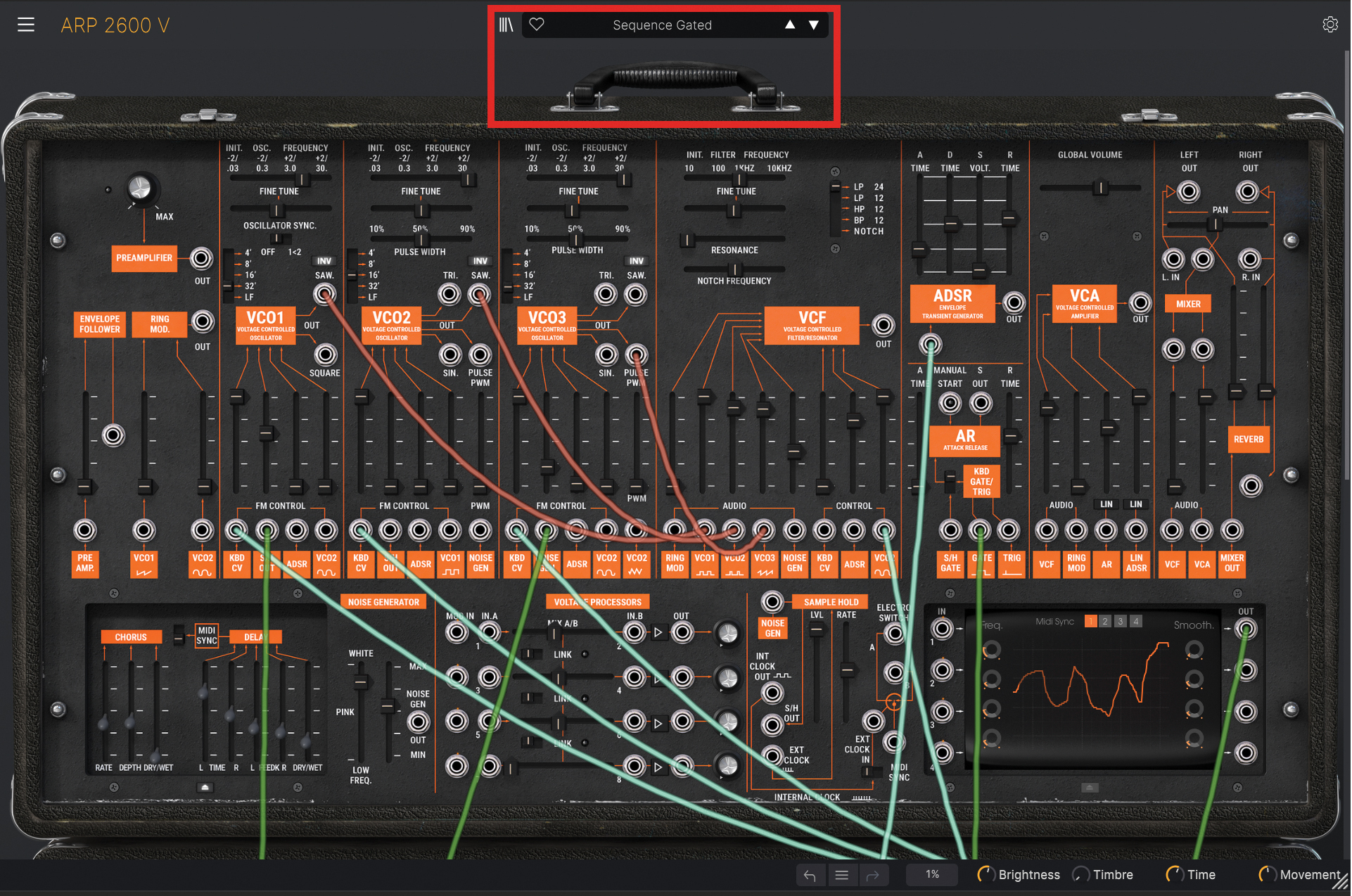
Now copy the part you’ve just created to a new track and pair it with a bassier sound like the Sequence Gated preset. The bass and lead complement one another and veer a little towards Jean-Michel Jarre – but then he (probably) used the same type of sequencer!
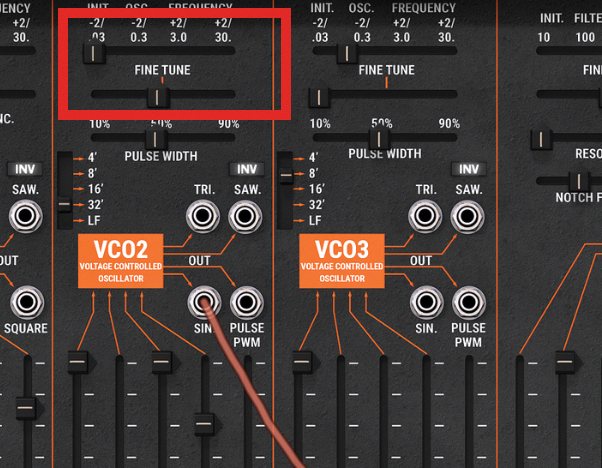
Load up the X Drum Sequence preset and you’ll hear a more rhythmic side of the ARP, something Depeche explored a lot with their albums. Now we’ll take that further and use the ARP to create a kick drum sound. Start by selecting an oscillator and tune it low as shown. We need the frequency low to hear the kick’s power.
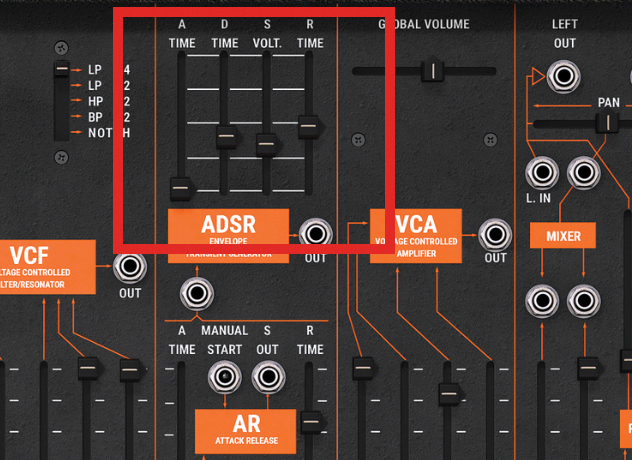
The shape of the kick drum sound is very important – you want a short Attack value for kick impact and the Decay value (here around 48ms) can very much determine the pitch of the kick, as can the Sustain (here it’s set to 0.37).

Route the oscillator to the filter which gives you more control over the shape and tone of the kick drum (particularly with the Resonance control) so you can shape your kick drum to perfection.
- Read more: Depeche Mode's live setup revealed
Less is more
One thing we’ve learned after spending years making music is that one rule to often follow is ‘less is more’. Use less volume, fewer effects, fewer tracks and less clutter and your tracks will usually benefit.
Some of the most memorable songs in synth pop were recorded within these limitations – and are all the better for it
With early Depeche Mode tracks ‘more’ wasn’t really an option because of the limited technology of the time, so they were limited to 16 steps in a sequence, fewer tracks to record to tape with and, of course, a limited sound palette. This didn’t hold them back though, and some of the most memorable songs in synth pop were recorded within these limitations – and are all the better for it. So to emulate classic recordings, you’ll have to simulate these limitations.
That means keeping track counts to eight or 16, using effects sparingly and making sure that the sounds you do employ stand tall and work well with one another. We all know that the tyranny of choice and plugin bloat for computer musicians can become real issues, so sometimes it pays to just pretend like it’s still 1981, embrace our restrictions and concentrate on writing fabulous songs instead…
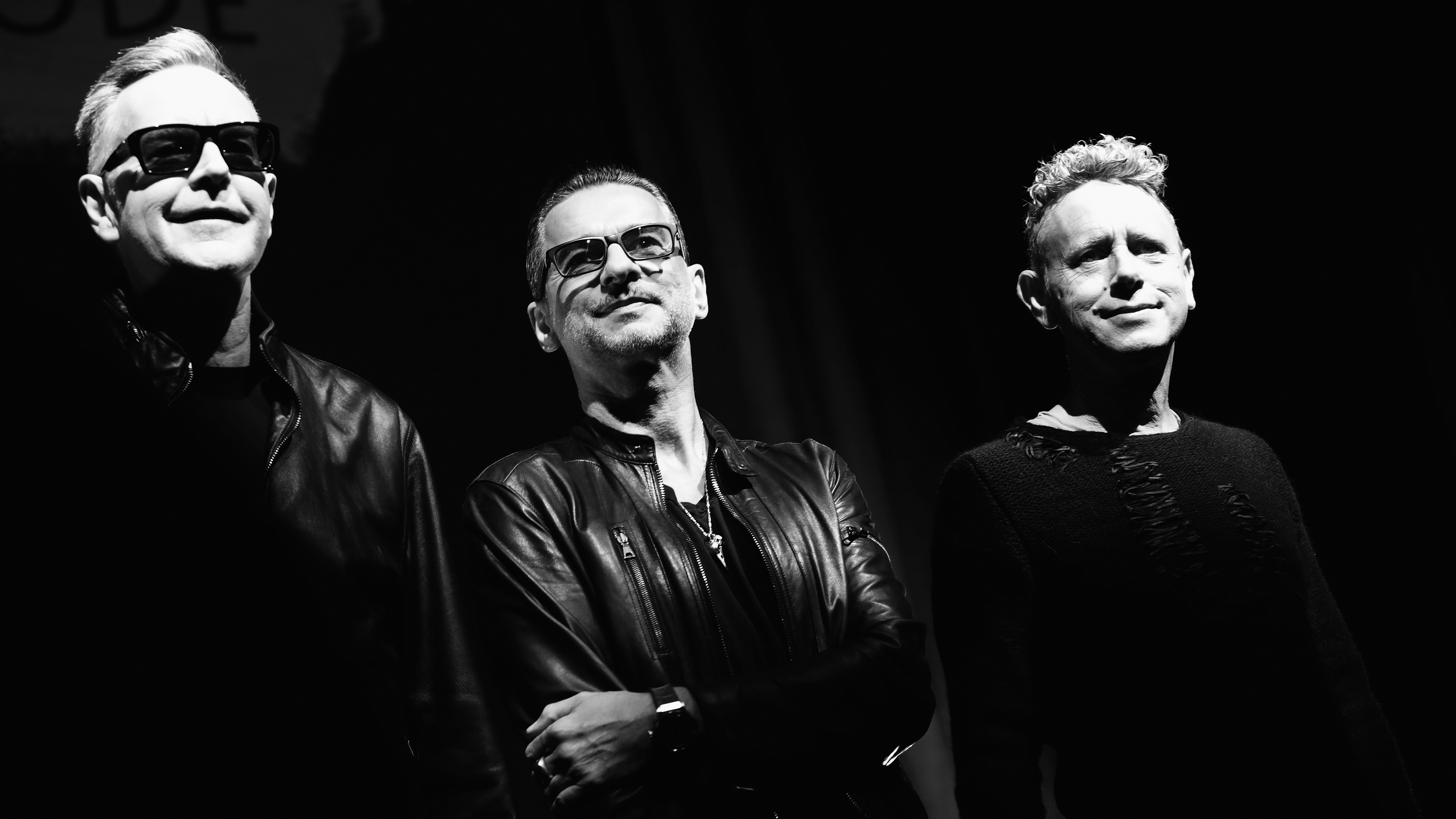
Recommended listening
1. Depeche Mode - See You
Yes, we have borrowed a little from this classic early Mode track here, but it demonstrates not only the power of a 16-step sequence, but some great custom percussion sounds too.
2. Depeche Mode - Never Let Me Down Again (Aggro Mix)
The original has now found fame as it was used brilliantly in the series The Last Of Us. This is the Aggro Mix that makes great use of the 16-step techno sequence, recreated.


Andy has been writing about music production and technology for 30 years having started out on Music Technology magazine back in 1992. He has edited the magazines Future Music, Keyboard Review, MusicTech and Computer Music, which he helped launch back in 1998. He owns way too many synthesizers.
